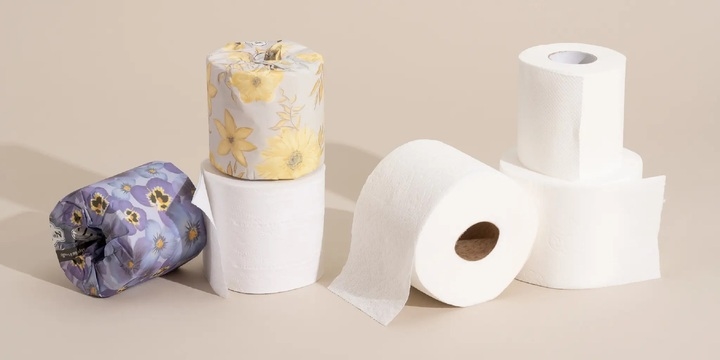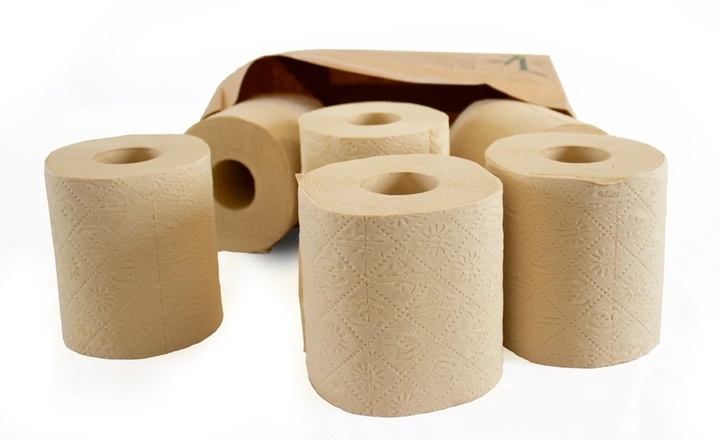Toilet paper is an essential item in the daily lives of most people, but there’s a lot you may not know about it. Let’s explore some interesting facts about this humble product.
The History of Toilet Paper
Toilet paper as we know it today is believed to have originated in China, but it wasn’t until 1857 that the first commercial toilet paper was produced in the US by Joseph Gayetty. Prior to this, people used natural materials such as leaves, tree bark, grass, or even stones.
Gayetty’s toilet paper was marketed as a medical product for treating hemorrhoids, but it quickly gained popularity and other brands emerged. Initially, toilet paper was sold as individual sheets, and later it evolved into rolls. This was a significant step forward, providing convenience and making it easier to use.

There’s a lot you might not know about toilet paper. (Image: The New York Times)
Types of Toilet Paper
Today, there is a wide variety of toilet paper available. Consumers can choose based on price, design, size, color, and softness. Some toilet papers are even embossed with patterns and infused with fragrances.
In terms of materials, there are two main types: those made from trees and those made from recycled paper. The quality of toilet paper is classified according to standards including the number of layers, softness, strength, and disintegration in water. Toilet paper usually has one to four layers of thin paper.
Technical factors such as roughness and chemical residues also play a role in determining the quality of toilet paper. To reduce roughness, companies often apply a thin coating of aloe, skin cream, or wax to the paper.
Toilet Paper Colors
The two main colors of toilet paper are white and natural off-white. To achieve a bright white color, manufacturers often use chemicals to bleach and whiten the paper. Some studies suggest that these bleaching chemicals may pose health risks, including cancer, when accumulated in the body.
Medical professionals often recommend using natural, unbleached, and fragrance-free toilet paper. The whiter the toilet paper, the higher the potential risk to the user.

Natural-colored toilet paper. (Image: Bamboo Bobbi)
Toilet Paper Shelf Life
Regardless of its material, paper is susceptible to moisture, light, and temperature. When stored in a cool, dry place, toilet paper can retain its quality for an extended period, even for years.
Toilet paper does not have a specific expiration date, but proper storage is crucial to maintaining its quality. Toilet paper that is sealed and protected from air and moisture will last longer than unpackaged rolls.
The Difference Between Toilet Paper and Facial Tissue
Although both are made from paper and share similar characteristics, toilet paper and facial tissue serve different purposes and have distinct compositions and properties.
Toilet paper is designed for use in the bathroom, primarily for cleaning and wiping after using the toilet. It is soft and disintegrates quickly in water to prevent clogging. As it comes into direct contact with the body, toilet paper is usually made from recycled paper or natural paper that has been treated to ensure safety and prevent skin irritation.
Facial tissue, on the other hand, is mainly used during meals to wipe mouths and hands, and occasionally to clean small food-contaminated surfaces. It is commonly found on dining tables, in restaurants, and included in take-out food packages. Facial tissue must meet food safety standards, does not use ink to prevent food contamination, and often has additional treatments to ensure it doesn’t easily stick to food. It also meets stringent safety requirements to prevent skin irritation.
Source: VTC news
Unlock the Secret to Keeping Bananas Fresh for Up to 10 Days: No More Bruising and Discoloration
Bananas are a delicate fruit that is highly perishable at room temperature and prone to rapid ripening and spoilage. The challenge with bananas is finding the right storage conditions to prolong their freshness. While refrigeration can help extend their shelf life, it often results in unsightly dark bruises on the fruit’s bright yellow skin.



































